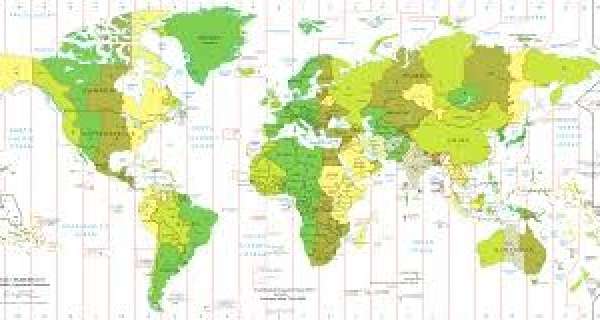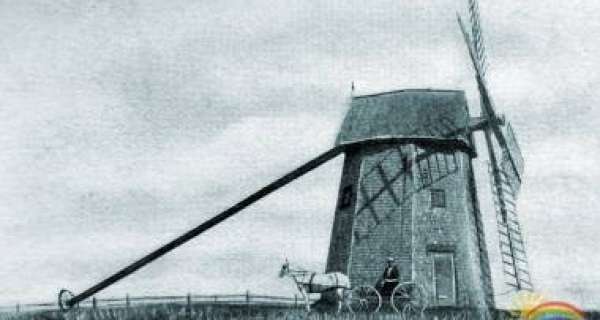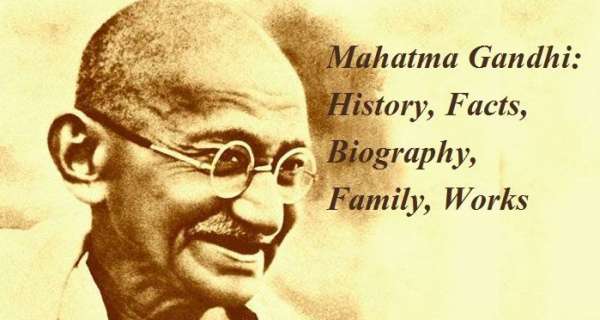In 1884 an international conference was held in Washington, D.C., to set up a system to fit the whole world. The earth was divided into 24 zones, each covering 15 degrees of longitude. This is a natural division, for the earth rotates at the rate of 15 degrees each hour.
Within each zone, the time is the same, and the difference between one zone and the next is exactly one hour. Greenwich (London), England, was selected as the starting point. Thus, when it is noon in Greenwich, the time in the next zone eastward is 1 p.m. The time in the next zone westward is 11 a.m. In New York, five zones west of Greenwich, the time is 7 a.m.
The United States is divided into four zones based on the 75th, 90th, 105th, and 120th meridians. The times in these zones are called Eastern, Central, Mountain, and Pacific Standard Time.
On the opposite side of the world from Greenwich is another dividing line, the International Date Line. This line is approximately the 180th meridian. When it is noon at Greenwich it is midnight at the International Date Line. Crossing the line, a person gains or loses a day, depending on whether he is moving east or west.














